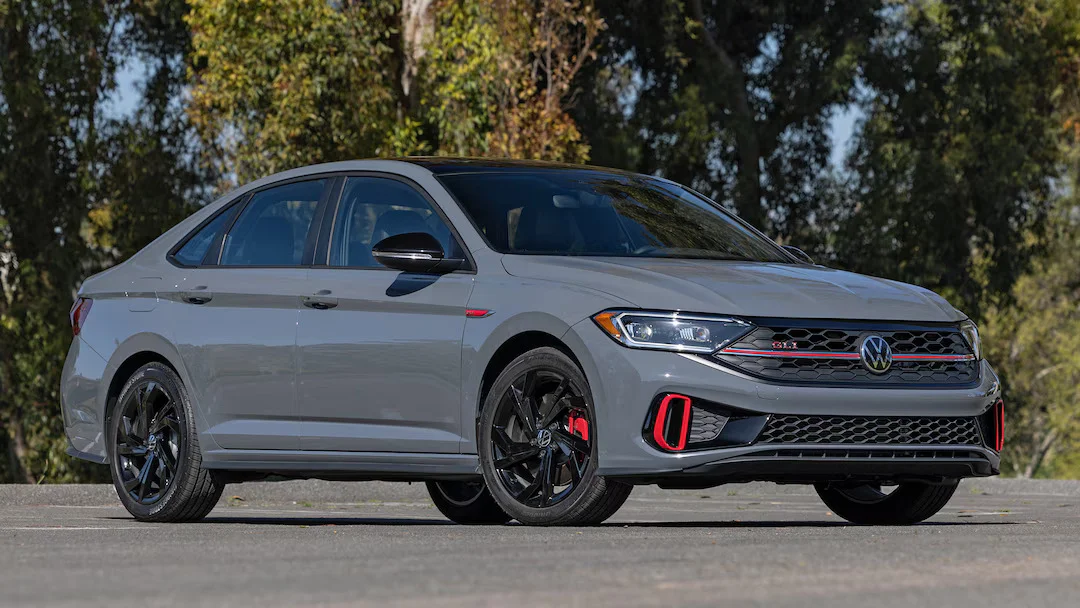Fuel economy is one of the most influential factors in modern car-buying decisions. As concerns about rising fuel costs, climate change, and environmental sustainability grow, the efficiency of a vehicle becomes more than just a perk—it becomes a core consideration.
While performance, design, safety, and brand reputation are all important, the ability to get the most out of every gallon of fuel is often what tips the scales for the average sedan buyer.
This is especially true for those who commute regularly, drive long distances, or simply wish to lower their vehicle’s total cost of ownership. In this context, fuel economy is not only about dollars and cents—it’s also about lifestyle, values, and long-term investment.
The most widely used benchmark for comparing vehicle efficiency is the EPA (Environmental Protection Agency) fuel economy estimate. These standardized figures offer a convenient way to evaluate and compare different models. However, real-world driving conditions rarely reflect the controlled environments in which EPA tests are conducted.
While the EPA attempts to simulate various driving scenarios, such as city and highway conditions, there are inevitable limitations to this approach.
Real-life variables like traffic patterns, terrain, climate, vehicle load, driving habits, and even fuel quality can cause significant deviations from official ratings. For this reason, many drivers turn to owner-reported fuel economy data to get a more accurate picture of a vehicle’s actual performance.
Owner-reported fuel economy figures offer unique insight into how a vehicle behaves outside the laboratory. These numbers are typically shared on car forums, dedicated fuel tracking platforms, and consumer review websites. Aggregated data from thousands of drivers, collected over long periods and under diverse conditions, paints a clearer picture of how efficient a car truly is in practice.
Some sedans surprise owners by outperforming their EPA ratings, often thanks to efficient powertrain design, careful engineering, or hybrid-electric assistance.
Others fall short—sometimes significantly—leaving drivers with unexpected fuel costs and disappointment. These discrepancies are not always due to driver behavior; sometimes they are the result of real-world design compromises or exaggerated test results.
The distinction between expected and actual fuel economy carries implications beyond individual ownership. It speaks to broader themes in automotive design, consumer trust, and industry transparency. When buyers select a car based on advertised fuel efficiency and find that the real-world performance does not measure up, their satisfaction with the vehicle diminishes.
They may also feel misled, even if the discrepancies fall within the acceptable range of variation. On the other hand, vehicles that meet or exceed expectations help build brand loyalty, support word-of-mouth recommendations, and strengthen the perception of quality and reliability.
Understanding which vehicles deliver on their promises—and which don’t—is not just about identifying winners and losers. It’s about empowering consumers to make informed choices. It’s about recognizing the factors that lead to above-average fuel efficiency in the real world, from advanced transmission systems to thoughtful weight distribution and aerodynamic optimization.
It’s also about being aware of the elements that can drag efficiency down, like all-wheel drive, overpowered engines, or outdated drivetrain components. Moreover, it offers a deeper appreciation of the trade-offs that manufacturers make when balancing performance, cost, and efficiency.
This article dives into both sides of the story. First, we explore sedans that exceed expectations, earning praise from owners for their exceptional fuel efficiency under normal driving conditions. Then, we examine sedans that consistently fall short of their EPA ratings by at least 10%, highlighting patterns that potential buyers should be mindful of.
Through this dual analysis, the goal is to offer a more realistic, grounded understanding of what true fuel economy looks like—not in a lab, but on the open road, in the hands of everyday drivers. With this knowledge, car buyers can make smarter decisions that align with their driving habits, budget, and environmental goals.
Also Read: Top 5 Hybrids With the Quietest, Smoothest Switchovers
5 Sedans with the Best Owner-Reported Fuel Economy
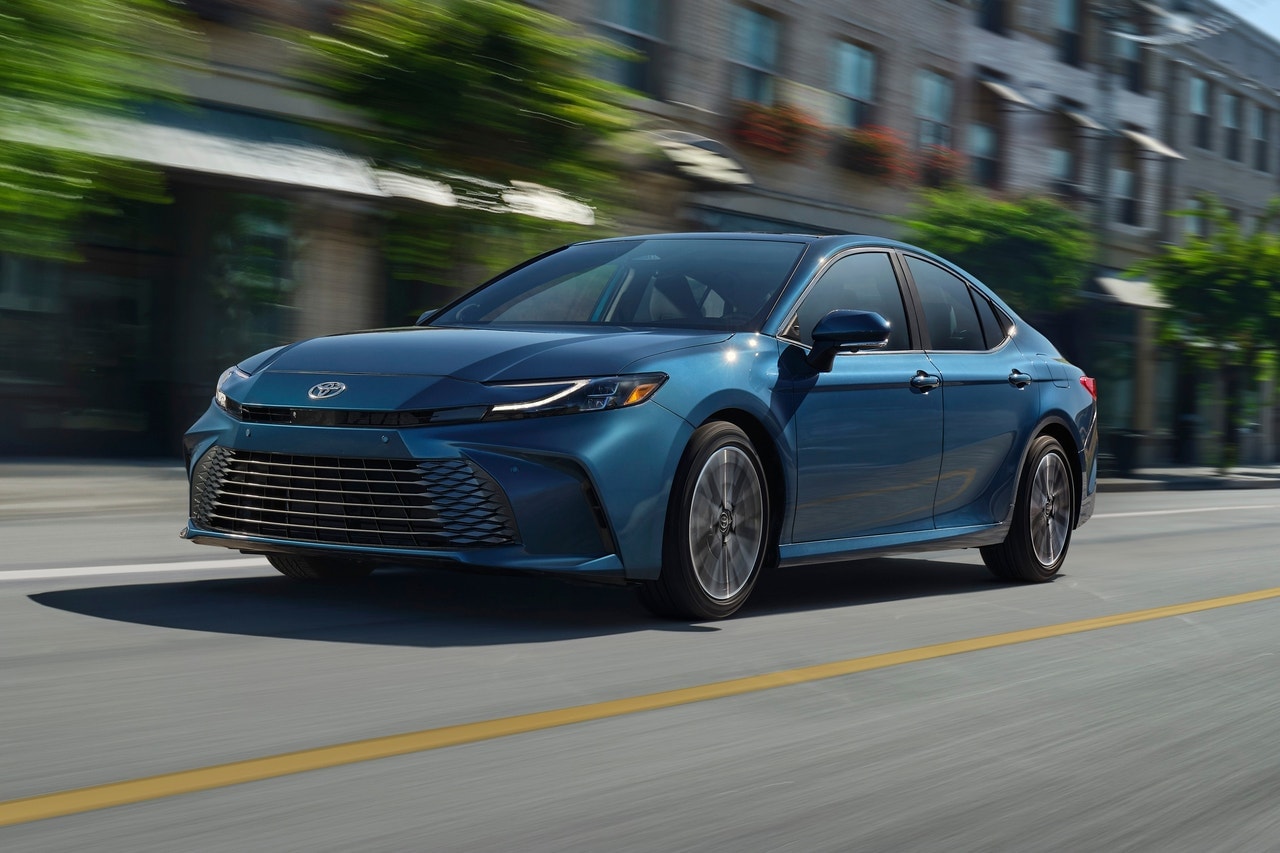
1. Toyota Camry Hybrid (LE Trim)
The Toyota Camry Hybrid LE has earned a reputation not only as a reliable mid-size sedan but as a real-world champion of fuel economy. Its EPA rating, which hovers around an impressive 52–53 mpg combined, often serves as a conservative baseline.
Owner reports consistently show that this sedan frequently outperforms these figures, especially when driven in typical commuter conditions.
What distinguishes the Camry Hybrid LE is its highly efficient powertrain, which integrates a 2.5-liter four-cylinder engine with Toyota’s advanced hybrid synergy drive system. This system skillfully balances power and efficiency by seamlessly switching between electric motor and gasoline engine, sometimes even combining both for bursts of power while conserving fuel.
Owners note that driving habits play a crucial role, but many report routinely surpassing EPA ratings without needing extreme hypermiling techniques, thanks largely to the system’s smooth energy management.
The vehicle’s design also plays a significant role in its fuel-saving prowess. Aerodynamics are a major contributor to fuel efficiency, and the Camry Hybrid LE’s body shape has been carefully sculpted to reduce drag, improving highway efficiency.
Additionally, the car’s weight is kept in check with the use of lightweight materials, which further minimizes fuel consumption without compromising structural integrity or comfort.
Many owners driving in urban environments appreciate how regenerative braking captures energy usually lost in traditional braking and converts it into electricity to recharge the battery, further extending the electric-only range during stop-and-go traffic. This feature is especially valuable for those with city commutes, where frequent stopping typically drains gas faster.
Beyond its hardware, the Camry Hybrid’s onboard systems provide drivers with real-time feedback on fuel economy and encourage more efficient driving habits. Eco driving modes, efficient gear ratios, and even intelligent climate control systems help minimize energy waste.
These smart technologies allow owners to optimize their driving experience, which leads to better-than-expected fuel efficiency. Owner forums often praise the Camry Hybrid for its adaptability, whether cruising on highways at steady speeds or navigating congested city streets where conventional sedans struggle to keep up in fuel economy.
Finally, the longevity and maintenance of the Camry Hybrid LE contribute to its reputation. Many owners who have driven their vehicles well past 100,000 miles report maintaining high fuel efficiency throughout the lifespan of the car.
Toyota’s proven reliability means that the hybrid system’s components—battery, electric motor, and engine—continue to operate smoothly without the typical performance degradation seen in lesser hybrids.
This combination of consistent fuel economy, strong real-world performance, and Toyota’s long-term durability makes the Camry Hybrid LE a standout choice for those prioritizing fuel efficiency.
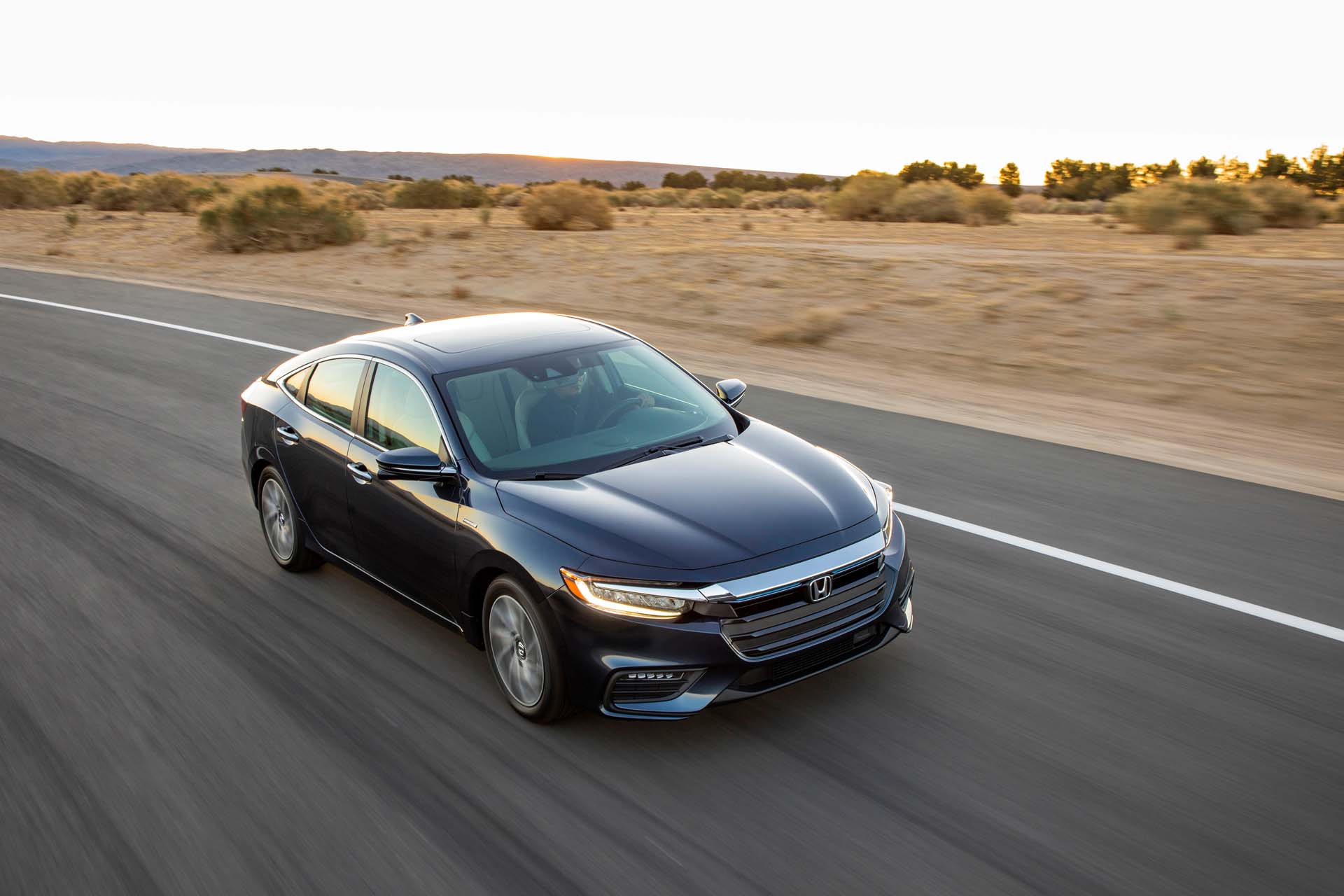
2. Honda Insight
The Honda Insight, though often overshadowed by its more popular sibling, the Civic, has quietly made a name for itself as an exceptional fuel-sipping sedan.
Featuring a sophisticated two-motor hybrid system, the Insight strikes a perfect balance between traditional gas engines and electric propulsion, leading to real-world fuel economy that often outpaces its EPA combined rating of around 52 mpg.
Owners frequently report average figures between 55 and 58 mpg under normal driving conditions, attributing these gains to the smooth interplay of its hybrid components and its lightweight chassis.
One of Insight’s core strengths lies in its ability to stay in electric mode at lower speeds longer than many competitors, significantly reducing fuel consumption in urban settings.
This is particularly beneficial in stop-and-go traffic, where the electric motor can handle much of the driving, sparing the gasoline engine from unnecessary use.
The Insight’s aerodynamics are also worth noting. Its sleek and aerodynamic design not only contributes to its sporty appearance but also helps reduce wind resistance, which is a key factor in fuel efficiency at highway speeds. Many owners find that on long stretches of freeway, the Insight maintains excellent mileage, often climbing to the mid-50s in mpg.
The car’s relatively low curb weight, thanks to smart material choices and compact hybrid components, means less energy is needed to propel the vehicle forward, enhancing fuel economy across the board. Furthermore, the Insight’s transmission is engineered to optimize fuel use by maintaining engine operation within its most efficient RPM range whenever possible.
Inside, the Insight offers intuitive driver aids designed to encourage efficient driving. The dashboard features detailed displays showing instant fuel consumption, battery charge levels, and driving style feedback, which help drivers make small adjustments to maximize mileage. This gamification of fuel efficiency is something many owners mention as a motivating factor that leads to improved economy over time.
The vehicle also employs a stop/start system that automatically turns off the engine during idling to further reduce fuel waste. Drivers report that, combined, these features make the Insight feel like an intelligent partner in the quest for better gas mileage rather than just a machine.
Finally, Honda’s reputation for reliability and minimal maintenance costs enhances the Insight’s appeal. Hybrid batteries in the Insight have proven durable in real-world use, and owners have expressed satisfaction with the vehicle’s ability to maintain strong fuel economy years after purchase.
Even in harsher climates, where battery efficiency typically suffers, the Insight holds its own, with many reports indicating that drivers still beat EPA figures by a comfortable margin. This consistent overperformance has made the Insight a popular choice for drivers who want hybrid efficiency without the higher price tag or complexity of plug-in hybrids or full electrics.
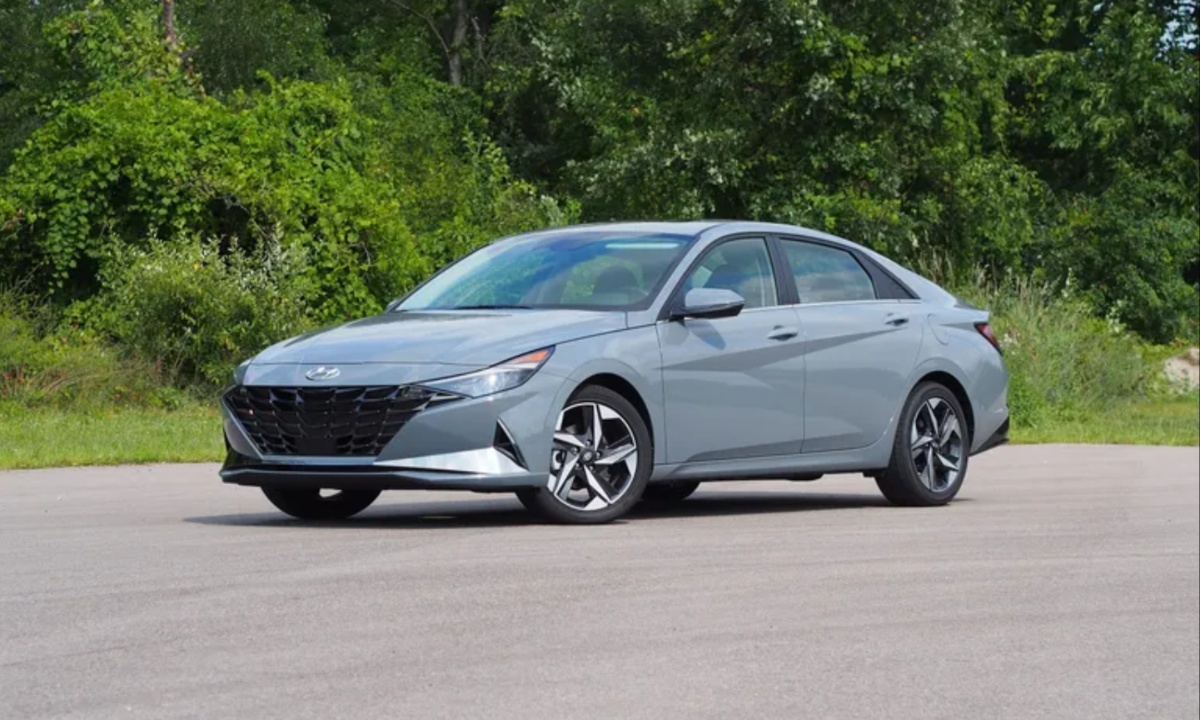
3. Hyundai Elantra Hybrid
Hyundai’s Elantra Hybrid is a relatively recent entrant into the competitive hybrid sedan market, but it has rapidly earned a reputation for impressive real-world fuel economy that often surpasses EPA estimates. Rated at about 50 mpg combined, owner-reported figures regularly climb into the 53–56 mpg range.
The Elantra Hybrid’s success lies in its innovative powertrain design, which pairs a 1.6-liter gasoline engine with an electric motor and employs a six-speed dual-clutch transmission (DCT) rather than the more common continuously variable transmission (CVT).
This choice is significant because the DCT offers more direct mechanical engagement and better control over gear ratios, which can help drivers maximize fuel efficiency during acceleration and deceleration phases.
The Elantra Hybrid’s aerodynamic design also helps it achieve these high mpg numbers. The car’s body shape is meticulously engineered to reduce drag, allowing the vehicle to slice through air more efficiently. This is especially advantageous at highway speeds, where aerodynamic drag plays a significant role in fuel consumption.
Additionally, Hyundai has implemented several weight-saving measures, such as using high-strength steel and optimized material placement, to keep the car’s curb weight low without sacrificing safety or comfort. The result is a sedan that is light, aerodynamic, and engineered to maximize energy use.
Another factor contributing to the Elantra Hybrid’s superior fuel economy is its advanced thermal management system. This system helps regulate the temperature of the battery and powertrain components, ensuring they operate within an optimal range.
Efficient thermal management means the hybrid system can maintain high performance and fuel efficiency even in colder weather, where many hybrids see a significant drop in mpg due to battery inefficiencies. Owners report that the Elantra Hybrid remains fuel-efficient across different seasons and climates, further strengthening its real-world appeal.
The interior and technology package also encourage fuel-efficient driving. Like its competitors, the Elantra Hybrid features a comprehensive driver information display that provides real-time fuel consumption data, encouraging economical driving behaviors. Additionally, the car includes an eco mode that adjusts throttle response and climate control settings to further conserve fuel.
Many owners find these features helpful, noting that they can easily achieve or exceed the EPA estimates simply by engaging the eco mode and maintaining steady speeds during commutes. Together, these design and technology factors make the Hyundai Elantra Hybrid a compelling choice for drivers seeking tangible fuel savings without sacrificing modern amenities.
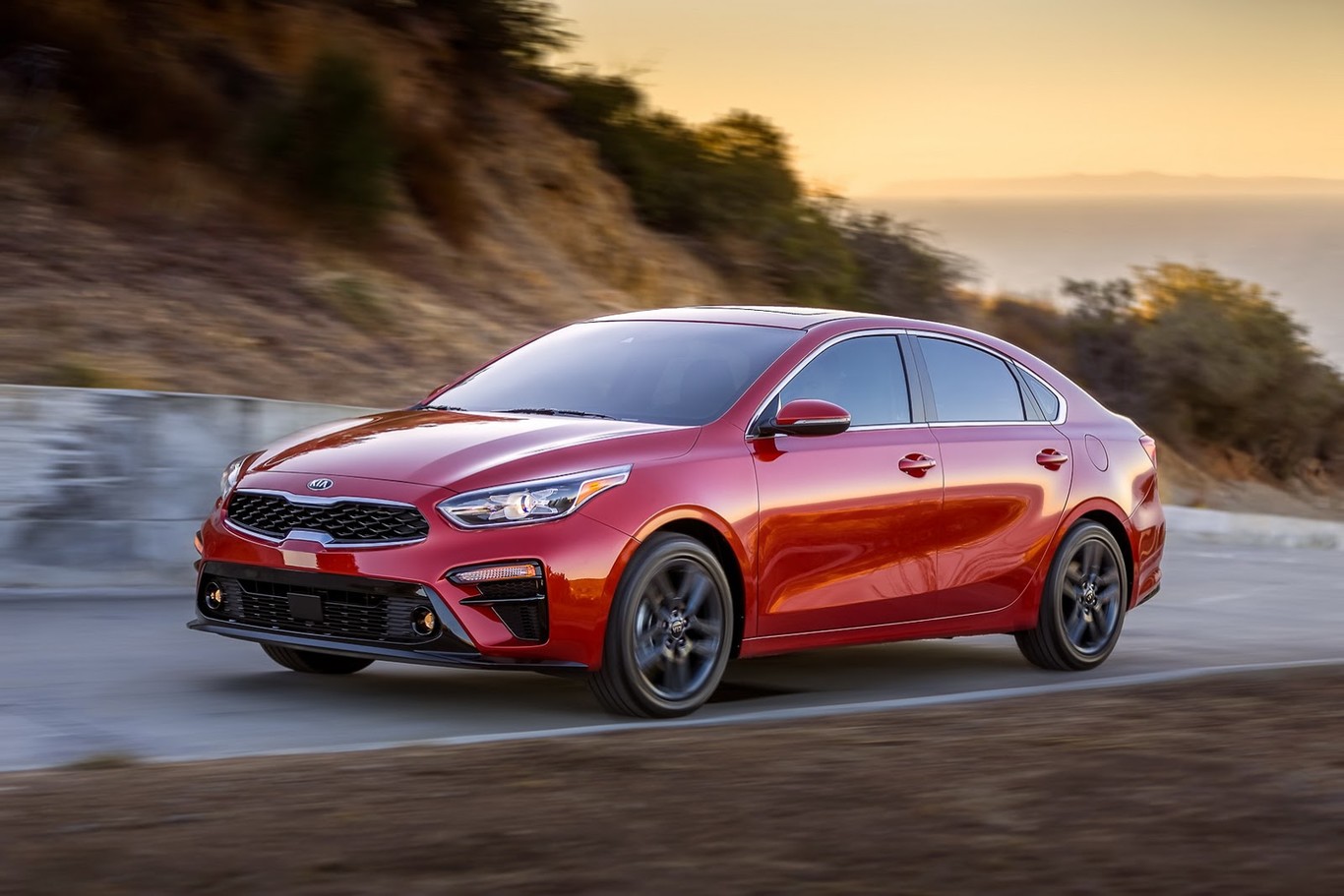
4. Kia Forte FE (Non-Hybrid)
While hybrids tend to dominate discussions about fuel efficiency, the Kia Forte FE trim stands out as a gas-only sedan that delivers remarkable real-world fuel economy, often beating its EPA ratings by a noticeable margin. Rated at about 35 mpg combined, many drivers report highway fuel economy figures creeping into the high 30s or even low 40s under optimal conditions.
This is particularly impressive considering the Forte FE does not rely on electric motors or regenerative braking, proving that smart engineering can yield impressive results even without hybrid technology. The Forte FE is equipped with a naturally aspirated 2.0-liter four-cylinder engine paired with a continuously variable transmission (CVT), a combination designed to extract maximum efficiency from each drop of fuel.
The CVT’s role cannot be overstated in the Forte’s fuel economy success. Unlike traditional automatics, the CVT can adjust gear ratios smoothly and continuously, keeping the engine running at its most efficient RPM range. This reduces fuel wastage caused by abrupt gear changes and inefficient engine speeds.
Owners frequently praise the smoothness of the CVT and how it contributes to better mileage during steady highway cruising. Furthermore, Kia’s tuning of the CVT in the FE trim focuses heavily on maximizing fuel economy rather than sporty performance, which suits drivers looking for a no-nonsense, economical daily driver.
Another contributor to the Forte FE’s high fuel economy is its relatively light curb weight, aided by the use of high-strength steel and a simple but effective chassis design. While it doesn’t have the added complexity or weight of a hybrid system, the car’s efficient powertrain and optimized aerodynamics help it punch well above its weight class in mpg terms.
Owners often note that the Forte FE is particularly frugal on highway drives, where consistent speeds and gentle acceleration allow the CVT to work its magic. This makes it a favorite among commuters and ride-share drivers who rack up miles and want to keep fuel costs low.
Lastly, the Forte FE benefits from Kia’s reputation for value and reliability. Maintenance costs tend to be reasonable, and the car’s straightforward engine design means fewer potential issues over time. Owners report that the Forte FE maintains its fuel efficiency even after years of use and various driving conditions.
This consistency in real-world mpg performance ensures the Forte FE stands out as a rare example of a non-hybrid sedan that delivers real savings at the pump, satisfying buyers who prefer simplicity but refuse to compromise on fuel economy.
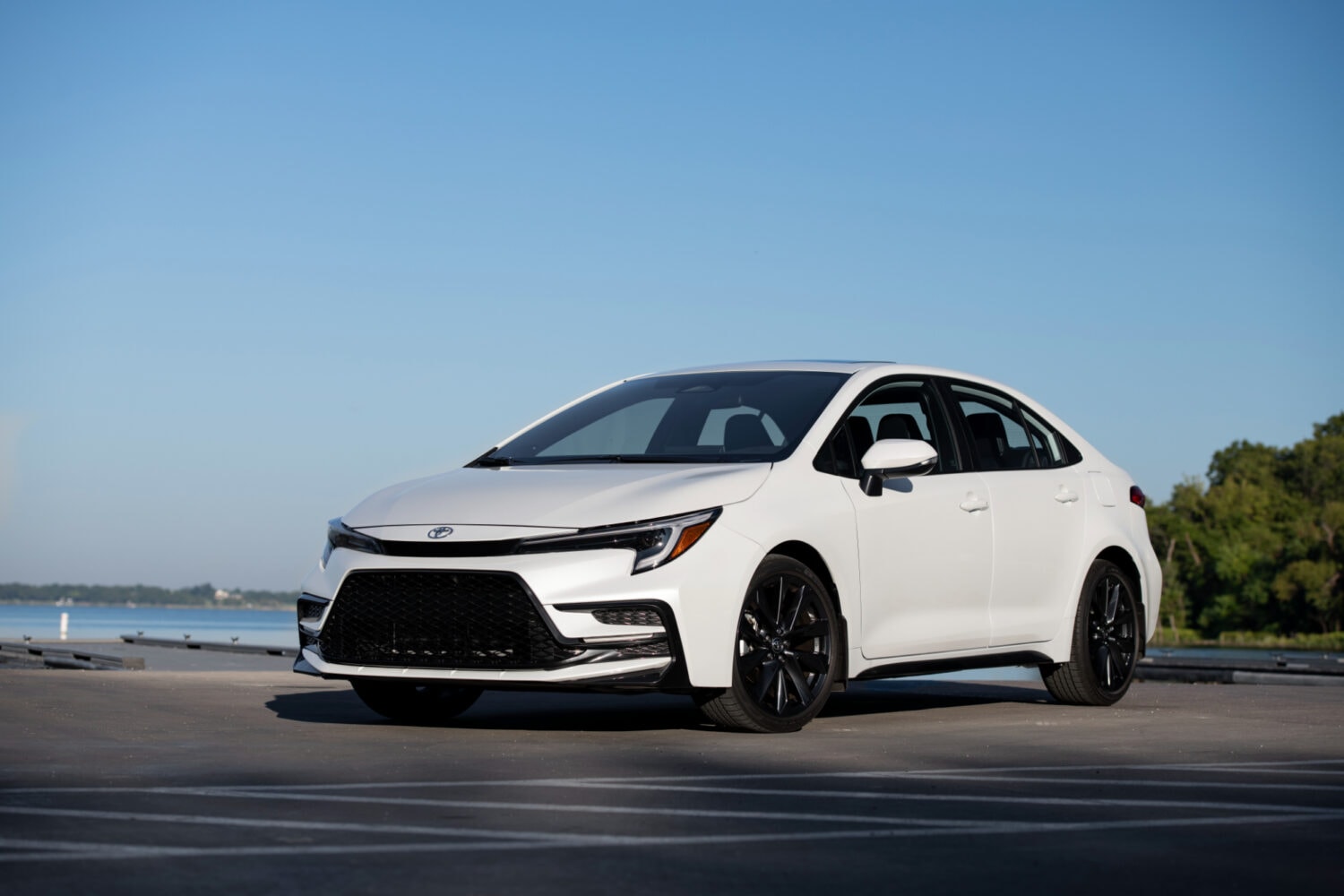
5. Toyota Corolla Hybrid
The Toyota Corolla Hybrid embodies the evolution of hybrid technology in one of the most popular compact sedans worldwide. Sharing much of its hybrid powertrain with the famed Prius, the Corolla Hybrid boasts an EPA rating around 52 mpg combined, yet many owners report exceeding this number, often hitting 55 to 60 mpg during real-world driving.
The vehicle’s appeal lies not only in its fuel efficiency but also in its approachable design and Toyota’s well-earned reputation for dependability. The hybrid system pairs a 1.8-liter four-cylinder engine with an electric motor and a CVT, all calibrated to provide a smooth and efficient ride that balances performance and economy.
One of the Corolla Hybrid’s standout attributes is its seamless integration of electric and gasoline power. The system intelligently decides when to use the electric motor, gas engine, or both, optimizing fuel use based on driving conditions. This flexibility allows the car to run exclusively on electric power at lower speeds or during gentle acceleration, particularly in city driving, where fuel consumption is typically highest.
The regenerative braking system helps recapture energy, extending the battery charge and reducing gas engine dependency. Many owners appreciate this synergy, noting that it often results in fuel economy better than the EPA estimates in real-life daily commutes.
Aerodynamics and lightweight design further aid the Corolla Hybrid’s efficiency. Toyota has engineered the car with a sleek profile, low drag coefficients, and use of lightweight materials, all contributing to reduced energy consumption during highway driving.
This aerodynamic efficiency, combined with the hybrid powertrain’s ability to operate in electric mode at cruising speeds, means that owners often enjoy excellent mileage on longer trips. The vehicle’s relatively modest curb weight also helps the hybrid system perform optimally, requiring less energy to move the vehicle and keeping fuel consumption low.
Finally, the Corolla Hybrid benefits from Toyota’s extensive experience in hybrid technology and their proven track record of producing reliable, long-lasting vehicles. Owners frequently report that the fuel economy remains high even after many thousands of miles, with minimal degradation in battery performance or hybrid system efficiency.
Toyota’s global hybrid expertise means that the Corolla Hybrid combines excellent real-world fuel economy with practical features, safety, and comfort, making it a top choice for drivers seeking maximum efficiency without sacrificing everyday usability.
5 Sedans with 10% Lower Real-World MPG than EPA Estimates
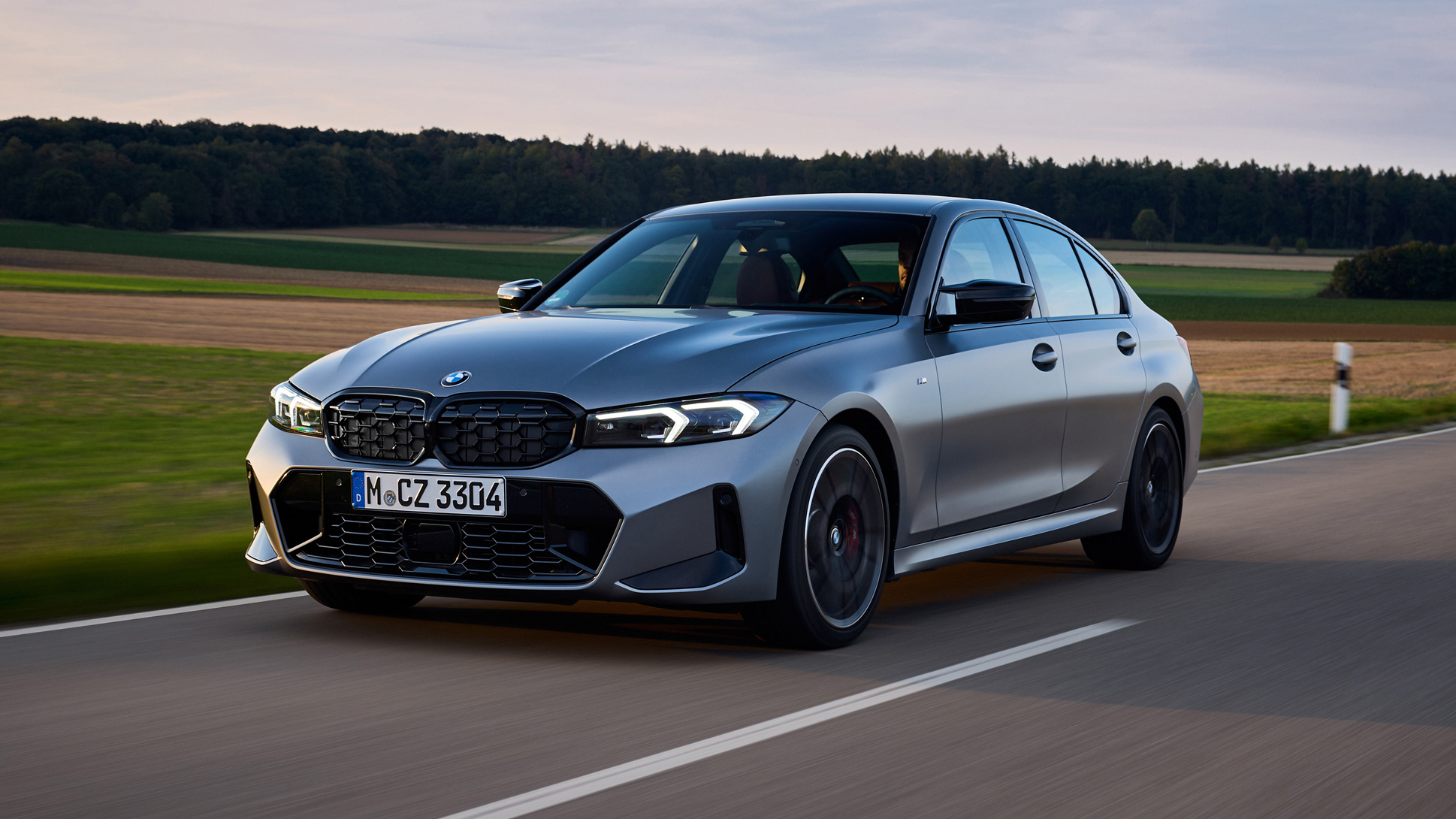
6. BMW 3 Series (330i)
The BMW 3 Series 330i has long been celebrated for its engaging driving dynamics, premium interior, and solid performance, but when it comes to fuel economy, the reality for many owners falls short of EPA estimates by a notable margin. While the EPA rates the 330i at around 30 mpg combined, many drivers report real-world figures closer to 25–27 mpg, which can be 10% or more below expectations.
This discrepancy arises partly from the car’s sporty tuning, which prioritizes performance and responsiveness over pure efficiency. The turbocharged 2.0-liter inline-four engine offers lively acceleration, but that often tempts drivers to utilize more throttle, naturally increasing fuel consumption beyond EPA test cycle assumptions.
Moreover, the 3 Series’ all-wheel-drive variants tend to further exacerbate the gap between EPA estimates and actual mileage. AWD systems add weight and mechanical complexity, which in real-world conditions leads to increased rolling resistance and powertrain drag.
Many owners with AWD models report the lowest fuel economy numbers in this series, especially during cold weather, where heavier vehicles struggle to reach and maintain optimal operating temperatures. This variation highlights one reason why EPA estimates, which generally test front-wheel-drive models under controlled conditions, don’t always translate perfectly for every configuration or region.
Another significant factor is driving style. The 3 Series encourages a spirited driving experience with precise handling and a responsive throttle, characteristics that make it difficult to maintain conservative fuel usage. Owners who enjoy the dynamic capabilities of the vehicle often find themselves accelerating harder, braking later, and revving higher, all of which contribute to increased fuel consumption.
Furthermore, many urban drivers deal with stop-and-go traffic, which the 3 Series handles well but at the expense of mileage. The car’s heavier weight and luxury features such as active safety systems and advanced infotainment add to electrical loads that can indirectly influence fuel use.
Finally, environmental conditions and terrain play a role in real-world fuel economy. Drivers in hilly or mountainous areas report even greater shortfalls relative to EPA figures, since the testing cycles largely focus on flat terrain. The 3 Series’ turbocharged engine responds well to increased load, but that often means burning more fuel under strain.
Similarly, colder climates negatively impact fuel economy as the engine and transmission take longer to reach efficient operating temperatures. Owners also note that premium fuel requirements and aggressive tuning for power delivery come at the cost of reduced fuel efficiency in day-to-day driving. For buyers seeking an engaging luxury sedan, the 330i’s fuel economy may be a tradeoff rather than a strength.
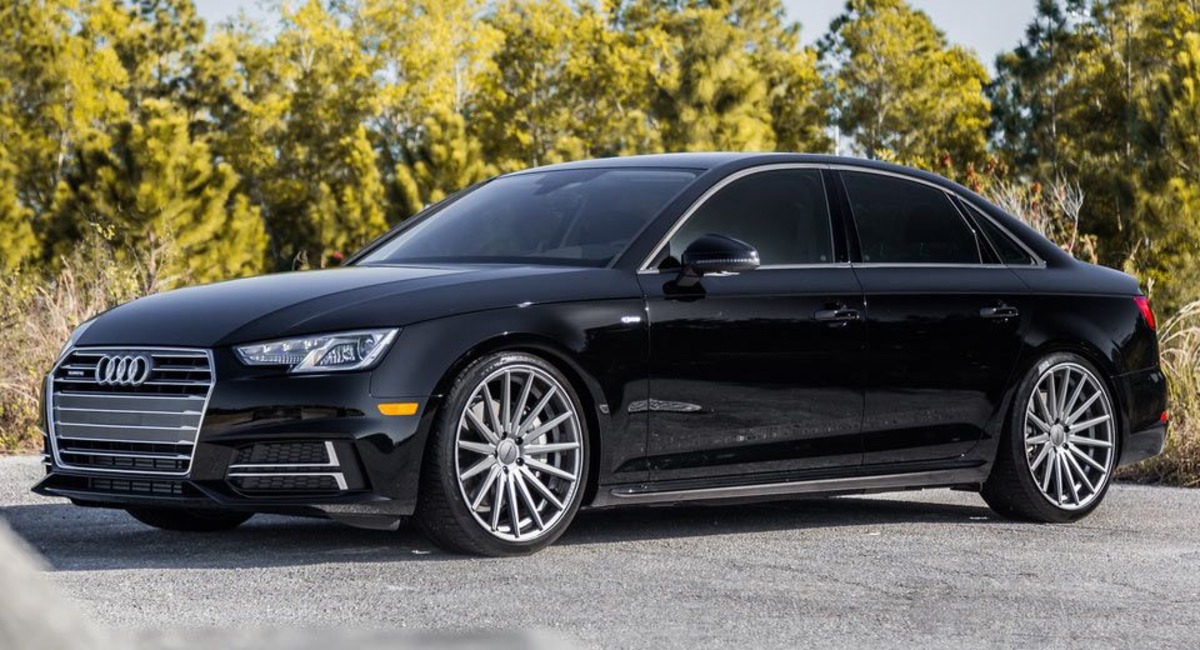
7. Audi A4
The Audi A4, renowned for its refined interior, quattro all-wheel drive, and balanced handling, frequently falls short of its EPA fuel economy ratings in owner-reported real-world conditions.
With a combined EPA estimate hovering around 27–28 mpg, many A4 drivers experience actual figures closer to 23–24 mpg, particularly those who drive the quattro variants or models equipped with larger wheels and sportier tires.
This gap can largely be attributed to the A4’s emphasis on performance and luxury features, which add weight and complexity that impact fuel efficiency negatively. The turbocharged 2.0-liter engine delivers responsive power, but the EPA testing cycles don’t fully capture the variety of driving styles, traffic conditions, and weather factors that influence actual mileage.
Quattro all-wheel drive, standard or optional depending on trim, contributes to real-world fuel consumption declines. The AWD system’s extra mechanical components increase drivetrain losses and overall vehicle mass. In city or mixed driving, where the system frequently engages to maintain traction, fuel economy suffers compared to front-wheel-drive setups.
Furthermore, winter weather exacerbates these effects as tires meet slippery or wet surfaces, requiring more engine effort to maintain control. Many owners report that cold-weather driving causes a noticeable drop in mpg, which isn’t adequately reflected in EPA figures that often assume moderate ambient temperatures.
Driving behavior also plays a substantial role. Audi’s A4 encourages a more spirited driving style with its sharp steering and quick throttle response, which can make it challenging to maintain fuel-efficient driving habits. Owners frequently admit to enjoying the power delivery, which results in more aggressive acceleration and increased fuel consumption.
Additionally, the integration of various electronic comfort and safety systems, such as heated seats, advanced climate control, and adaptive cruise control, increases electrical demand. This, in turn, can cause the engine to work harder, subtly affecting fuel efficiency over time.
Lastly, the A4’s weight and vehicle size contribute to its mileage shortfall. Although a compact executive sedan, the A4’s solid build, sound insulation, and premium materials add considerable heft. This added weight means that the engine consumes more fuel during acceleration and climbing hills than the EPA test cycle might predict.
Many owners who live in mountainous or urban areas with frequent stoplights report the most significant deviations from EPA fuel economy ratings. Overall, the Audi A4 delivers a luxurious and engaging driving experience, but real-world fuel economy often comes in below advertised numbers.

8. Mercedes-Benz C-Class (C300)
Mercedes-Benz’s C-Class, particularly the C300 variant with its turbocharged 2.0-liter inline-four engine, is widely recognized for its combination of luxury, technology, and performance. However, it consistently shows real-world fuel economy that falls about 10–15% below the EPA combined estimate of roughly 28 mpg.
Several factors contribute to this shortfall, including the vehicle’s heavier curb weight compared to rivals, the sophistication of its all-wheel-drive 4MATIC system, and driving styles typical among luxury car owners. The C-Class’s smooth and powerful engine encourages a more spirited driving approach that naturally consumes more fuel than the EPA’s standardized test cycles assume.
The 4MATIC all-wheel-drive system, while excellent for traction and stability, adds significant weight and mechanical complexity. Owners of AWD models often report lower fuel economy figures than their rear-wheel-drive counterparts, particularly in stop-and-go city traffic or in colder climates where the drivetrain components must work harder.
The increased drivetrain friction and rolling resistance associated with AWD configurations directly reduce fuel efficiency. Additionally, the C-Class’s advanced climate control systems and electronic accessories, including ambient lighting and premium sound systems, contribute to increased electrical load, indirectly influencing fuel consumption.
Owner driving habits and environmental conditions play a further role in the C300’s real-world mileage gap. Luxury vehicle owners tend to value performance and comfort, which can translate into aggressive acceleration, higher cruising speeds, and the frequent use of power-hungry comfort features such as seat heating and cooling.
These behaviors increase fuel usage beyond what is modeled in EPA tests. Furthermore, urban traffic congestion, cold weather, and hilly terrain common in many regions cause the turbocharged engine to work harder, further reducing mpg.
Lastly, maintenance and tire choice can impact real-world fuel economy. The C-Class comes standard with performance-oriented tires that provide excellent grip and handling but often have higher rolling resistance compared to eco-focused tires.
Some owners find that replacing these with lower resistance tires and ensuring timely maintenance such as proper tire pressure can help narrow the gap, though it rarely fully closes the difference between EPA ratings and actual consumption.
In sum, the Mercedes-Benz C300 balances luxury and driving enjoyment but pays for it with a real-world fuel economy figure that frequently disappoints those expecting EPA numbers to be met or exceeded.
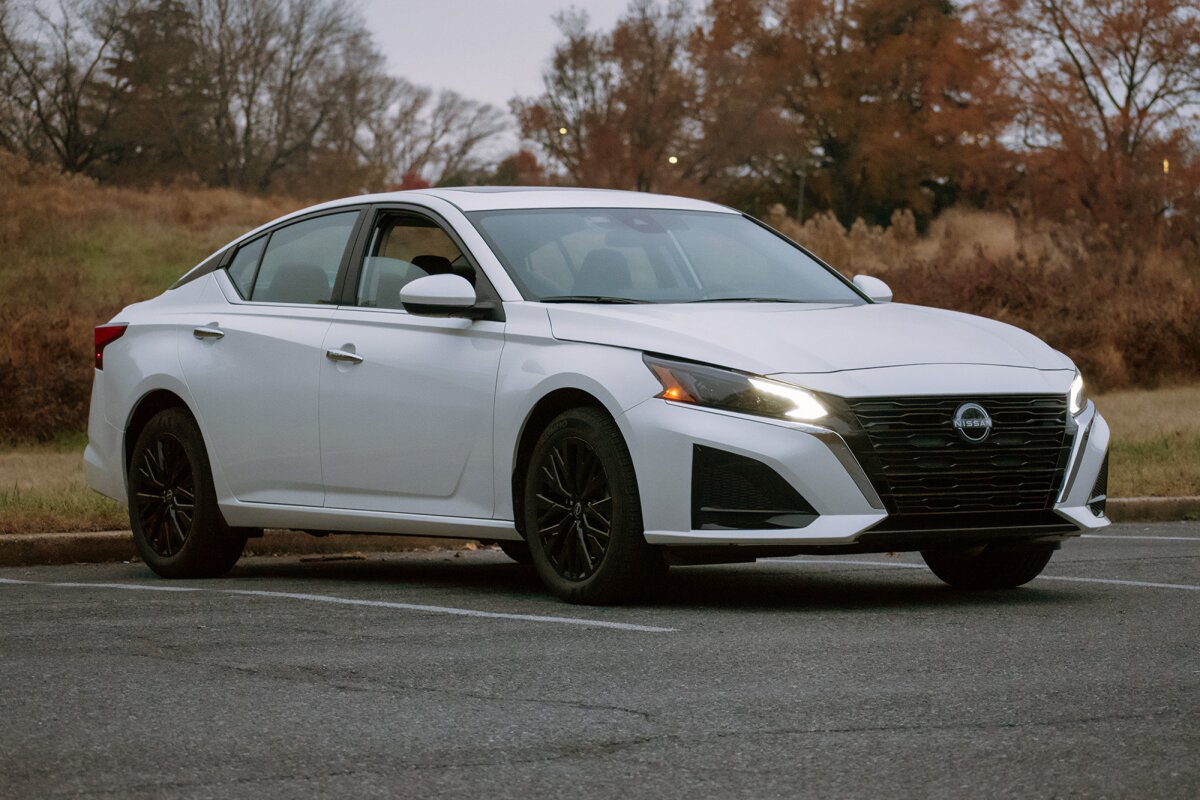
9. Nissan Altima (VC-Turbo Engine)
The Nissan Altima equipped with the variable compression ratio turbocharged engine (VC-Turbo) is a compelling example of how advanced engine technology doesn’t always translate into real-world fuel economy matching EPA estimates.
Rated by the EPA at approximately 32 mpg combined, the VC-Turbo Altima often reports owner-observed fuel economy figures that are 10% or more lower, sometimes averaging closer to 28–29 mpg. This discrepancy arises from several unique characteristics of the VC-Turbo engine, which, while innovative, requires particular driving styles and conditions to optimize fuel consumption.
The VC-Turbo engine’s ability to vary compression ratios allows it to switch between higher compression for efficiency and lower compression for power, theoretically providing the best of both worlds. However, in practice, this system can be sensitive to driver input and environmental factors.
Aggressive acceleration, rapid throttle changes, and stop-and-go traffic can cause the engine to remain in the lower compression mode, which consumes more fuel. Owners who drive more aggressively or frequently encounter urban traffic report the largest fuel economy shortfalls relative to EPA ratings.
Another factor is the Altima’s size and weight. While a mid-size sedan, the Altima is heavier than many compact sedans and some competitors in its class. This added mass requires more energy to accelerate and climb inclines, contributing to the lower real-world mpg observed by many drivers. Additionally, the VC-Turbo Altima’s CVT transmission, while designed for efficiency, can exhibit different behavior under varying loads, sometimes prioritizing performance over economy in real-world scenarios.
Environmental and climate conditions also impact fuel economy. The VC-Turbo system performs optimally when the engine and transmission are at ideal operating temperatures, but in colder weather, fuel consumption can spike due to extended warm-up periods and reduced battery assistance in auxiliary systems.
Owner feedback often highlights that their Altimas achieve the EPA numbers only in very controlled driving conditions or on extended highway cruises with minimal acceleration, which is not reflective of most daily driving patterns.
Finally, maintenance and fuel quality influence the VC-Turbo Altima’s fuel economy. The engine is tuned for premium fuel to maximize efficiency and performance, but not all owners consistently use higher octane, which can lead to reduced mileage and performance.
In addition, tire wear, tire pressure, and regular servicing can impact fuel consumption noticeably. While the Altima VC-Turbo is praised for its innovative engine tech and smooth driving experience, real-world fuel economy frequently falls short of EPA ratings by a meaningful margin.
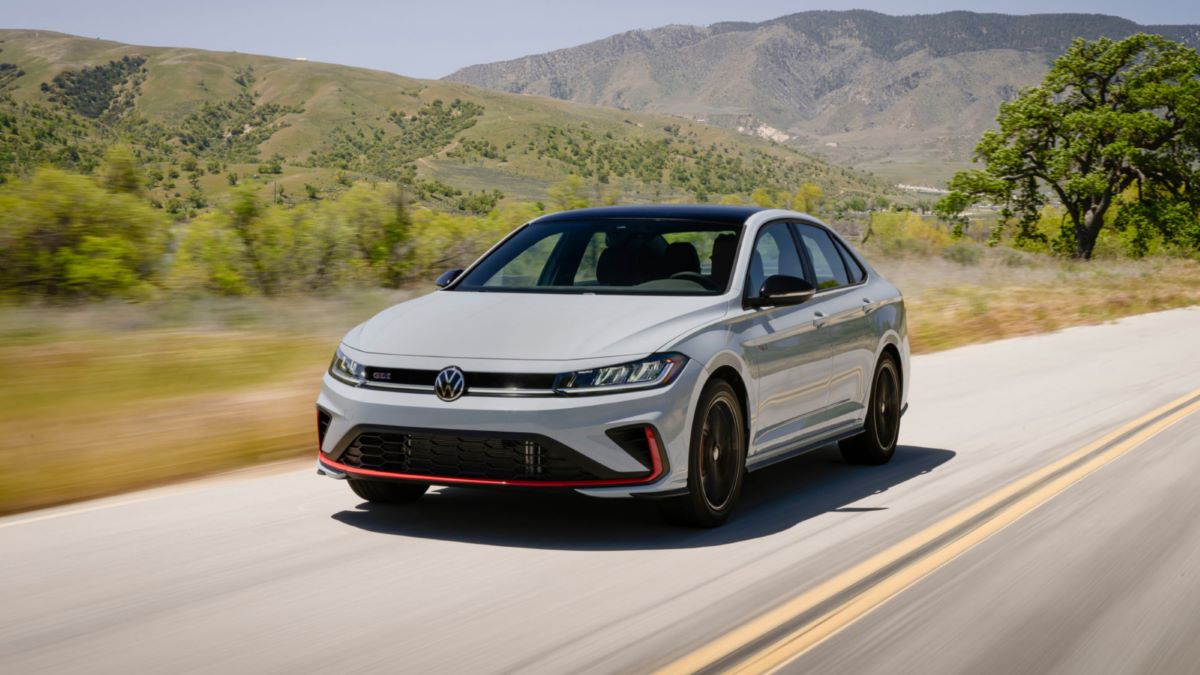
10. Volkswagen Jetta GLI
The Volkswagen Jetta GLI is a sportier, performance-focused version of the popular compact sedan, featuring a turbocharged 2.0-liter four-cylinder engine and a manual or automatic transmission. While its EPA combined fuel economy rating is around 29 mpg, many owners report real-world figures closer to 25–26 mpg, which translates to about 10% below the official numbers.
This difference largely stems from the GLI’s performance orientation, which encourages spirited driving that often results in higher fuel consumption. The turbocharged engine provides ample torque and quick acceleration, but many owners admit that using these capabilities regularly prevents them from achieving EPA-level fuel efficiency.
Additionally, the GLI’s sport-tuned suspension and larger wheels add weight and rolling resistance, negatively affecting mileage compared to the standard Jetta models. The more aggressive tire compounds used to improve handling also tend to have higher rolling resistance, which further diminishes fuel economy in real-world conditions.
Many drivers who commute in urban environments or hilly terrain report even lower mpg due to frequent acceleration and braking, which the EPA’s steady-state test cycles do not fully account for.
Driver behavior plays a significant role in the fuel economy shortfall. The GLI appeals to enthusiasts who value performance, and their driving habits often emphasize quick acceleration, spirited cornering, and higher cruising speeds.
These actions increase fuel consumption beyond EPA test assumptions, which are based on a mix of moderate driving conditions. Moreover, stop-and-go city traffic, where the turbo engine must constantly adjust output, can lead to noticeable drops in fuel efficiency compared to highway driving.
Finally, environmental factors such as temperature and terrain also affect the GLI’s fuel economy. Colder climates tend to reduce efficiency as the engine and transmission take longer to reach optimal temperatures, and hilly terrain requires additional engine power to climb inclines.
Owners also report that the GLI’s fuel economy can be improved marginally with conscientious driving and regular maintenance, but the performance-oriented design inherently limits the potential for exceeding EPA estimates in typical daily use. Overall, the Volkswagen Jetta GLI offers an enjoyable driving experience but at a cost to real-world fuel economy compared to EPA ratings.
Also Read: 5 Trucks with The Best Cold-Start Defrosters and 5 Taking Ages
In the automotive world, numbers often dominate the conversation—horsepower, torque, acceleration, and of course, fuel economy. But as we’ve seen, not all numbers are created equal. While EPA fuel economy ratings provide a helpful foundation for comparing vehicles, they cannot capture the full spectrum of real-world driving experiences.
Owner-reported fuel economy figures, by contrast, reflect the day-to-day realities that drivers face: rush hour congestion, unpredictable weather, stop-and-go city traffic, and the cumulative impact of thousands of miles over years of use.
When these real-world numbers align with or exceed EPA ratings, owners are more likely to feel satisfied with their purchase. When they fall short, it can result in both financial disappointment and a loss of trust in the brand or model.
This contrast between expected and actual performance underscores the need for a more nuanced approach to evaluating fuel economy. It’s not enough to simply look at a brochure or online specification sheet. Buyers who want the most efficient sedan for their needs should seek out reviews, owner testimonials, and fuel tracking data that provide a richer picture of how a car behaves over time.
This approach doesn’t just lead to better purchasing decisions—it also builds realistic expectations, which are crucial for long-term satisfaction. The best sedan in terms of fuel economy isn’t necessarily the one with the highest rating; it’s the one that consistently delivers on that rating in the conditions that matter to the driver.
Real-world fuel economy is shaped by a complex mix of technology, design, environment, and behavior. Factors such as vehicle weight, aerodynamics, engine tuning, transmission type, and tire rolling resistance all play significant roles. Even something as seemingly minor as driving style—gentle acceleration, smooth braking, and maintaining steady speeds—can have a major impact.
Vehicles designed with these principles in mind tend to fare better in owner-reported data, as they are inherently more adaptable to varied conditions. Conversely, sedans that rely heavily on theoretical advantages or aggressive performance features may struggle to meet their official efficiency claims once put through the rigors of daily life.
Understanding the broader context around fuel economy also helps us appreciate the importance of engineering integrity and honest marketing. When automakers push for more realistic testing and design their vehicles around consistent, real-world performance rather than just laboratory benchmarks, consumers benefit. Trust grows, word-of-mouth improves, and the industry moves closer to aligning expectation with reality.
It also opens the door for innovation—not just in fuel-saving technology, but in how vehicles are tested, marketed, and sold. As hybrid systems, electric drivetrains, and eco-friendly materials continue to evolve, there is ample opportunity for brands to lead with transparency and genuine efficiency rather than just chasing numbers.
As this article has illustrated, some sedans manage to impress owners with fuel efficiency that goes beyond advertised ratings, while others leave them falling short of expectations by wide margins. Neither category exists in isolation.
They are reflections of choices—design decisions made by engineers, driving behaviors adopted by users, and compromises made for cost, performance, or style. Ultimately, the goal isn’t just to label vehicles as “good” or “bad,” but to highlight patterns and equip buyers with the tools they need to navigate those choices.
Fuel economy will remain a central issue in automotive decision-making for the foreseeable future. As energy prices fluctuate and environmental concerns continue to mount, efficient sedans will be in even higher demand.
But beyond the sticker numbers and EPA estimates, what really matters is how a car performs in your garage, on your commute, and over the long road ahead.
With access to owner-reported fuel economy data and a critical understanding of the factors that influence it, today’s buyers are more empowered than ever to find a sedan that not only promises efficiency—but truly delivers it.

